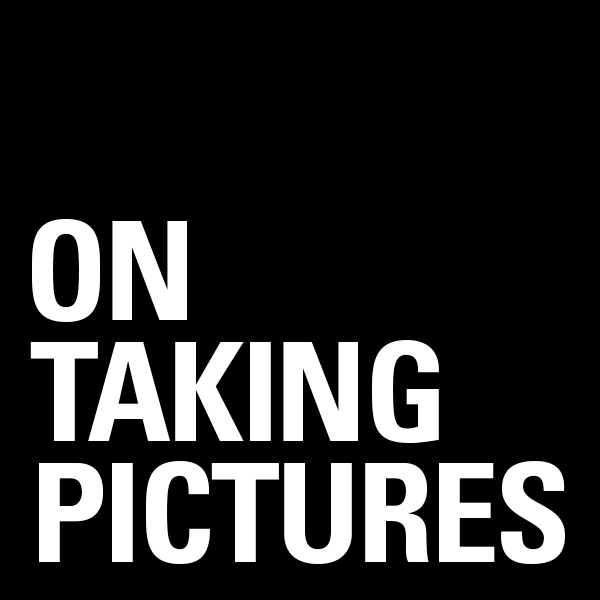An old friend came over this afternoon for some portraits. She just yesterday successfully defended her dissertation, so now I have to call her Dr Pillsbury. It’s all very intimidating, but huge congratulations go her way and I’ve very proud of my friend.
Anyway, while kerfutzing with the results, I thought it was about time to talk about some of my problems. Or rather, bring up some of the walls I find myself pushing against in my work and to start a discussion of how to overcome or at the very least difuse them.
My main problem lately is that I don’t like how digital renders highlights, and this is especially true when I’m shooting simple single light portraits like the one below. The image on the left is the mostly untouched RAW file, and on the right, my finished image. So now, let’s walk through this step by step as I did.

First I say, the original shot is overexposed, or at least it looks like it on her forehead. However using the eyedropper you can check and see that it’s no blown-out. In fact none of the channels are above 80% or so (I’ll use lightroom percentages instead of exact photoshop numbers just for simplicity). One could argue that the problem is my light, or more specifially that I need a fill on the other side so that the range isn’t as wide for the sensor. But that’s not really the problem. I’ve got plenty of detail in the shadows for my liking and again, the highlights aren’t blown. But somehow they look like crap.
The one thing that I constantly miss about film is the fact that it fights back. The same thing was true of analog tape in my recording days, try to push too much level onto it and it pushed back, effectively compressing the signal. Film does the same thing in highlights, regular negative film is pretty hard to get to blow-out. What you get is a compression of the highlights that leads to a much more pleasing, much more smooth transition. In digital, even when not blown, I find myself adding in a curves layer with a mask to try to give skin some contrast instead of it not being just a big block of almost solid color as it is on her forehead in the first image.
What I want is something like the image on the right. The kind of light you see people like Annie Leibovitz getting in her Vanity Fair portraits. It’s smooth and contrasty, but not harsh. I think that this would be much easier to obtain in the film days, but I know Annie shoots digital now, so it must be possible. So far what I’ve come up with and need to experiment more with, is the idea of underexposing and bring it up. Now I know that it’s counter to every rule about exposing to the right and then pulling back that you’ve ever read, but somehow my skintones don’t look as much like shit when I under and pull up. Essentially this is what that Highlight Tone Priority stuff does on these new Canon cameras. Lately I’ve been shooting with that on for just that reason, but shut it off today because the shadow noise was bothering me and to me the images look more crunchy and ‘digital’ with it on. Loosing a lot of that Canon CMOS smoothness. I’ve got to do more experimenting to really bear this out.
Today however, I had the raw files I had and you’ve got to work with what you got. So I started by using an adjustment brush in Lightroom with an exposure -1 stop or so. I used this to paint in the blown-out looking (but not really blown out) sections on her face, in an attempt to bring them back in line with the rest. I then added another adjustment brush with a +.25 exposure to add a little light to her eyes. Even still, the whole thing had that flat look, so I pulled up the ‘fill light’ slider a bit and the main exposure down a half stop or so and moved the contrast up a tad. What I ended up with it is basically what’s on the right. There was some hair and minor curves work in Photoshop, but the heavy lifting was in Lightroom, which I’ve been doing more with lately in an attempt to tie my hands a little bit and not do as much post. I find that the adjustment brushes are sometimes hard to control and not nearly as responsive as brushes in photoshop, and I’m on a really fast machine.
Any thoughts or experience that should come to bear would be appreciated.
And here’s the final image bigger.

